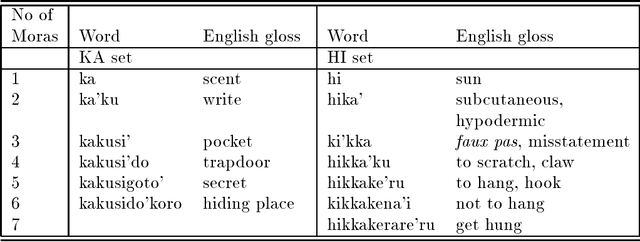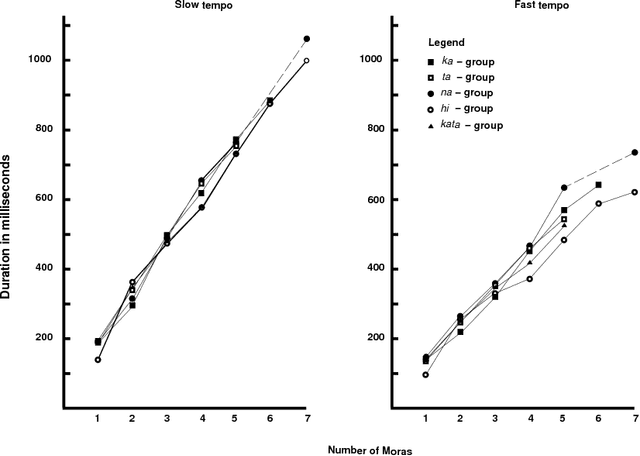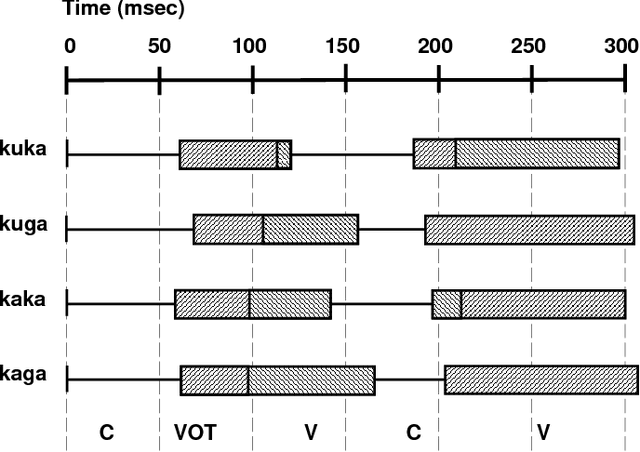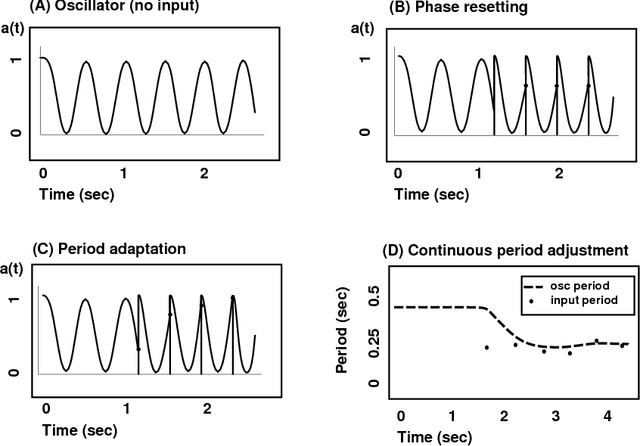A Dynamic Approach to Rhythm in Language: Toward a Temporal Phonology
Paper and Code
Aug 13, 1995



It is proposed that the theory of dynamical systems offers appropriate tools to model many phonological aspects of both speech production and perception. A dynamic account of speech rhythm is shown to be useful for description of both Japanese mora timing and English timing in a phrase repetition task. This orientation contrasts fundamentally with the more familiar symbolic approach to phonology, in which time is modeled only with sequentially arrayed symbols. It is proposed that an adaptive oscillator offers a useful model for perceptual entrainment (or `locking in') to the temporal patterns of speech production. This helps to explain why speech is often perceived to be more regular than experimental measurements seem to justify. Because dynamic models deal with real time, they also help us understand how languages can differ in their temporal detail---contributing to foreign accents, for example. The fact that languages differ greatly in their temporal detail suggests that these effects are not mere motor universals, but that dynamical models are intrinsic components of the phonological characterization of language.
 Add to Chrome
Add to Chrome Add to Firefox
Add to Firefox Add to Edge
Add to Edge